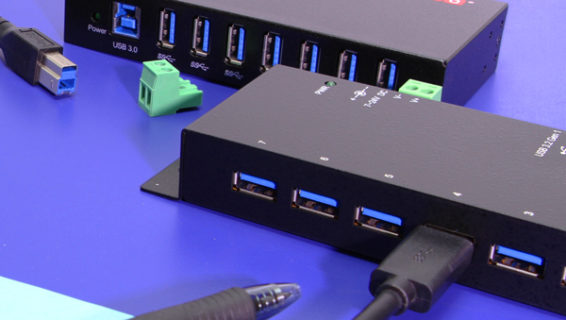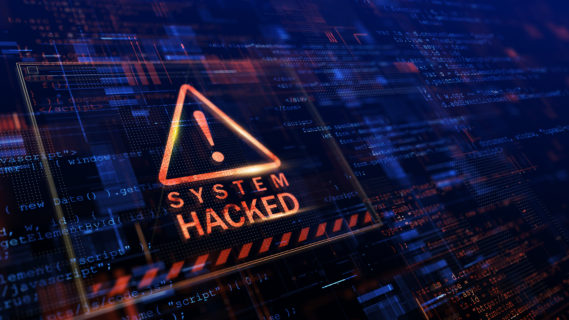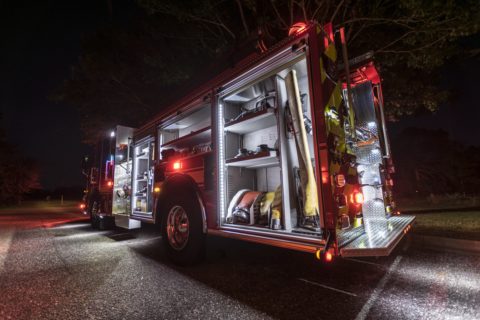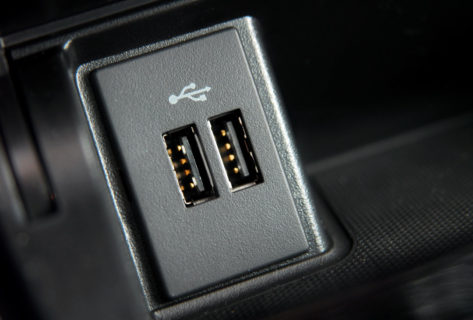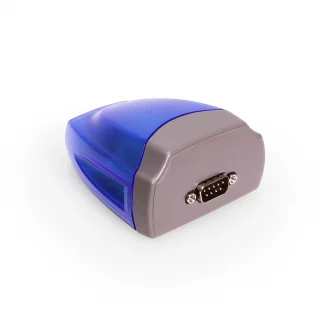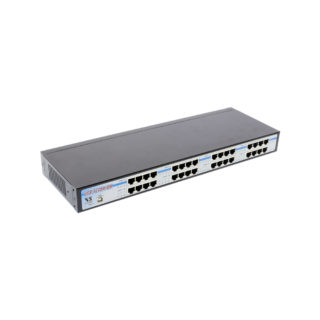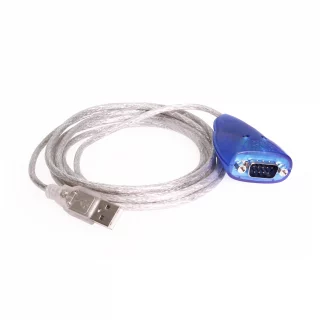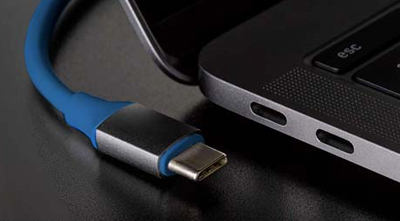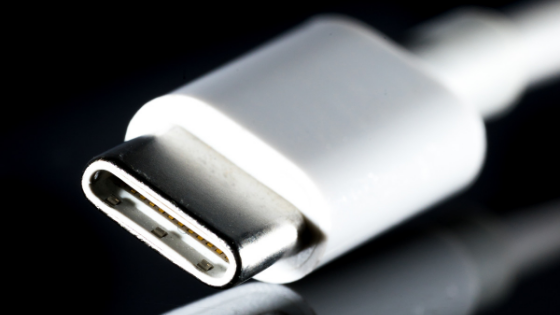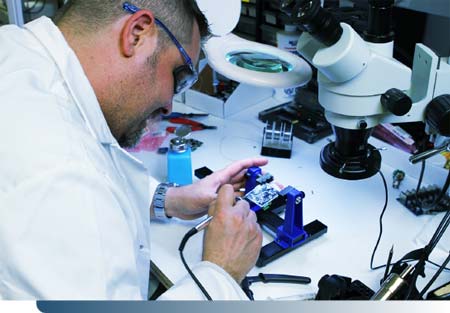Company vehicles are a significant investment. Even leased company vehicles still represent a great deal of time, effort, maintenance, and insurance poured into a single purpose: having vehicles that work for the sole purpose of the company. Whether you are running a service fleet or need passenger vehicles available for corporate purposes, there are more than a few ways to protect your investment and your employee drivers at the same time.
Available vehicle technology is vast, and while everyone has pin-point accurate GPS on their phones, there are a few excellent tech features that every company vehicle should have directly installed before the first employee driver takes it for the first corporate-sponsored spin. These tech upgrades may seem simple on the surface, but you’ll soon realize just why every single company-owned vehicle on the road should have had them included in the after-market installation suite.
1) USB Device Charging Ports
Most vehicles, surprisingly, do not yet come with a rack of USB charging ports yet but they do still sport the traditional cigarette-lighter power source. Installing an after-market USB charging hub is not difficult and you don’t even have to permanently alter the vehicle. All you need is an adapter that morphs the cigarette lighter into a power source for a USB charging hub. Then every one of your employees and any guests or clients you might be transporting can charge their devices in comfort and style. No dead phones in the field ever again.
2) GPS Tracking and Geofencing Alerts
Just because your team members are equipped with GPS-capable devices doesn’t mean the vehicles shouldn’t be as well. There is an endlessly long list of reasons why it’s useful to know where your company cars are at all times, especially if they are not meant to go home with employees. Make sure each of your vehicles has it’s own constantly-powered GPS locator combined with Geofencing.
The GPS allows you to track the vehicles intentionally. The Geofencing will send alerts should one of your company vehicles ever stray outside of your service area. If it’s a planned route, fine. And if it’s an employee gone astray or a stolen vehicle, then you’ve got them on the map the moment it happens.
3) Direct Communication with Dispatch
On-Star and other vehicle safety services made some pretty good points about how useful it is to have a helpful dispatcher able to call into the car at any time. But you don’t need On-Star to do that with today’s smart vehicle technology. It is worth your while to choose one of the many routes to enable direct hands-free communication with dispatch from inside the car. Whether or not an employee’s phone is charged and working.
Whether you embed a hotspot in each vehicle or choose more proprietary technological solutions, giving dispatch the ablity to call in and hold a quick conversation with the driver at any time, and vice versa, can be incredibly useful. Especially in the event of emergencies and other unusual situations where the driver could really use the assistance outside of the normal fleet routine.
4) Authorized Employee Driver Detection
One feature we have seen implemented rarely but ought to be much more popular is authorized employee driver detection. Company vehicles, naturally, should primarily be driven by company employees. Particularly those employees who have been screened and approved as safe and reliable drivers of the company vehicles. Through the use of RFID, smart spoken passwords, or even biometrics, you can implement authorized employee driver detection with surprising ease.
This is a great way to keep track of which driver is in each vehicle and ensure that when a vehicle is powered on, an authorized employee is in the driver’s seat. If they aren’t, that would be a good time for dispatch to chime in and ask what’s going on.
5) Front and Rear Dash Cameras
Finally, every company vehicle should have both front dash cam and a rear camera constantly recording the adventures of the vehicle. Any fleet manager can see the incredible use in having a record of where the vehicles have been and what happened around them. If there is an accident involving the company vehicle or even just witnessed by the vehicle, for example, the company can quickly pull up the feed from the dash cams to get a video record of what happened.
If the GPS data is odd or even if a vehicle is stolen, those front and back cameras will serve as excellent proof of anything that happens (or doesn’t happen) around your company vehicles. This is liability protection for drivers and the company, along with an interesting chance to simply record “day in the life” of a company fleet vehicle.
Interested in optimizing your business fleet with cutting-edge technology and practical protections? Contact us today!

